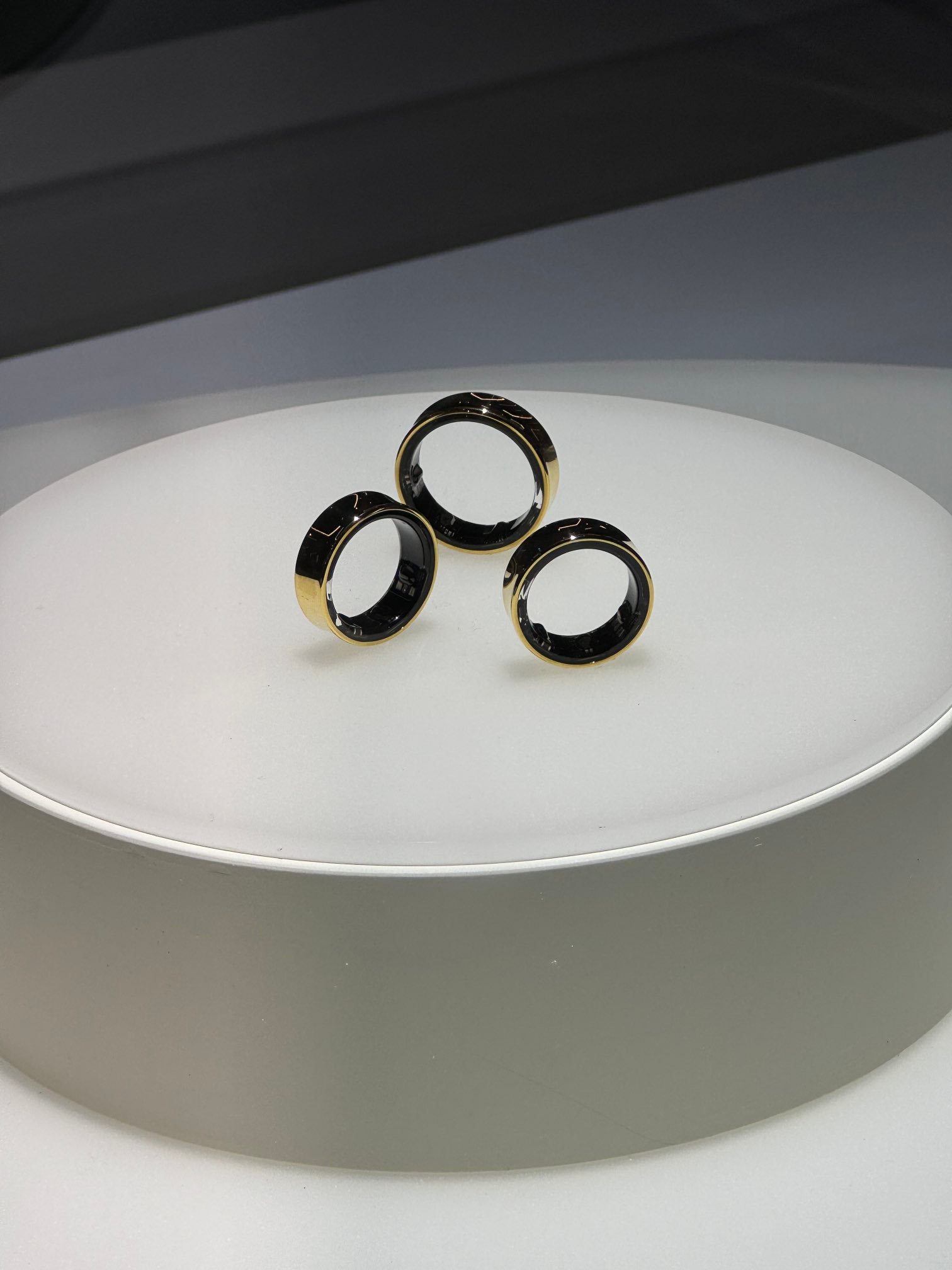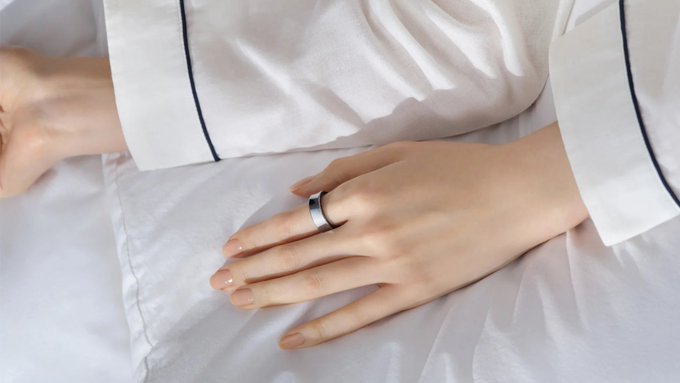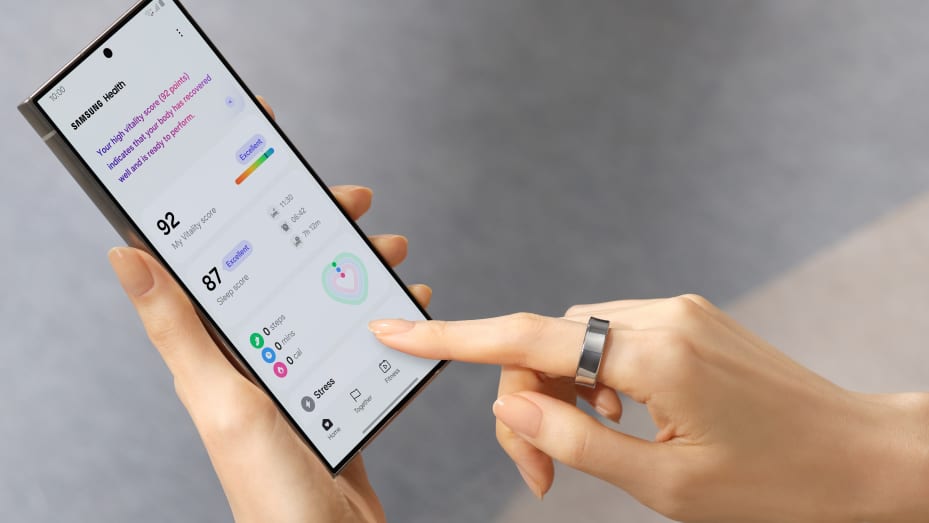Samsung unveiled its much-anticipated Galaxy Ring wearable device at the Mobile World Congress (MWC) 2024 in Barcelona on February 26. The lightweight smart ring aims to revolutionize health and wellness tracking with its array of sensors packed into a tiny form factor.

Overview of the Samsung Galaxy Ring
The Galaxy Ring is Samsung’s smallest health and fitness wearable to date. Weighing just 2.3-2.9 grams depending on size, the device contains an array of sensors to provide users with continuous insights into their wellbeing.

Specific capabilities of the ring include:
- Sleep monitoring including sleep stages and actionable insights
- Continuous heart rate tracking with resting, workout and recovery insights
- Respiratory rate measurement during sleep and activity
- Step counting, activity levels and customizable movement reminders
- Customizable goal setting and progress tracking
The ring syncs with the Samsung Health platform and even works in conjunction with the Galaxy Watch for a comprehensive picture of a user’s health and wellness, comprising both activity and recovery parameters.
This makes the Galaxy Ring the first device of its kind to offer 24/7 wearable health insights in an incredibly compact and lightweight form factor.
Design and Technical Specifications
Samsung showcased Galaxy Ring models in three stylish color variants – platinum silver, ceramic black, and rose gold. The smart ring will be available in nine sizes from X-Small to X-Large to ensure a perfect fit for every customer.
While exact technical specifications remain unclear, we know the following details:
- Battery capacity ranges from 14.5mAh to 21.5mAh based on ring size
- Specific sensors are unknown but likely include LED heart rate monitoring, 3-axis accelerometers, and potentially SpO2
- Water and dust resistance rating is rumored to be IP68 for robust performance

The ring contains an embedded LED light and haptic feedback to provide visual alerts, notifications and progress updates. Samsung promises at least a full day’s battery life but has not released exact figures yet.
With continuous heart rate tracking, sleep monitoring and up 95mAh battery capacity, the Galaxy Ring seems ready to deliver on its promise of 24/7 wearability.
Competitive Landscape and Market Potential
The lightweight Galaxy Ring significantly beats out its closest competitor, the Oura Ring (4g), in terms of weight while likely matching if not exceeding it in battery capacity. This gives Samsung’s wearable a strong edge in the budding smart ring space.
Moreover, rumors suggest Apple is also secretly developing a smart ring wearable. If true, 2024 may shape up to be a battle amongst tech titans in this emerging wearable device category. Analysts predict the global smart ring market to grow at a CAGR of almost 15% from 2023-2027, indicating strong market potential.
With health wearables gaining immense popularity in recent years, the market appears ripe for innovation and disruption from agile players like Samsung. The Galaxy Ring aims to leapfrog existing devices and claim a significant chunk of this growth.
Launch Date, Pricing and Commercialization Plans
While Samsung teased its ring wearable at MWC 2024, the company has not indicated an exact launch date or pricing yet. However, Samsung assured that the Galaxy Ring is designed for 24/7 wearability and everyday convenience rather than a niche accessory.
This hints at an accessible price point compared to existing smart rings when it releases in global markets later this year. Samsung is expected to share more commercialization and sales plans over the coming months in the lead-up to the official launch.
Outlook and Conclusion
The Samsung Galaxy Ring shows strong promise in spearheading the next generation of health wearables with its unique combination of miniaturized sensors for continuous tracking.
While questions remain regarding exact technical specifications, Samsung’s proven track record in consumer-grade sensor technology and seamless mobile app integration breeds confidence.

If priced right, the Galaxy Ring could dramatically expand the notion of 24/7 health tracking beyond traditional smartwatches. For Samsung, this category-defining device may provide the trojan horse needed to disrupt the growing health wearables space in 2024 and beyond.
Also Read: Nvidia’s Blockbuster Q4 Earnings












Comments 2